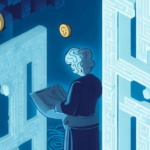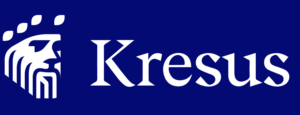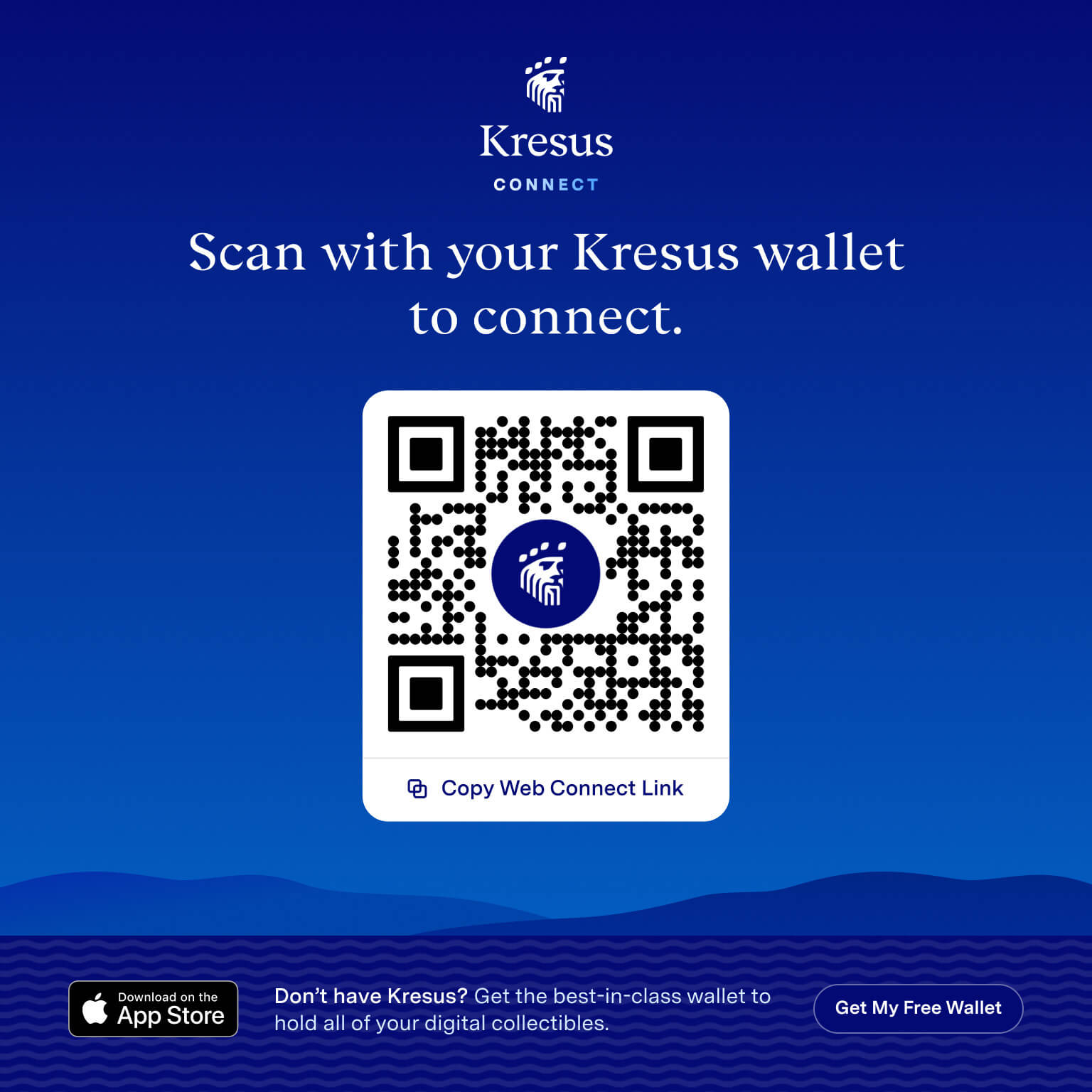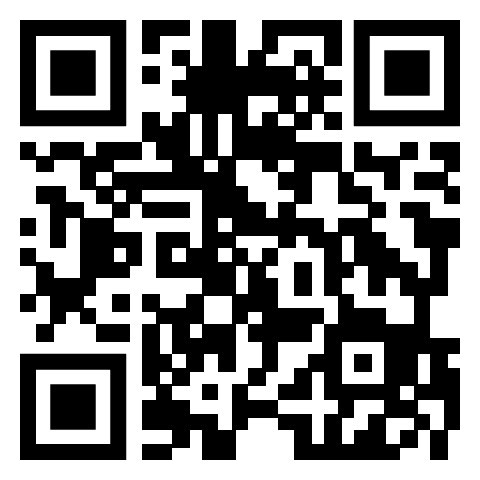The Exponential Growth of Technology: From Command Lines to ERC Tokens
As we find ourselves in the year 2023, the world is teeming with groundbreaking technologies that seemed like distant dreams just a decade ago. Apple’s recent unveiling of an augmented reality (AR) headset designed for the mass market, along with the astonishing capability of artificial intelligence (AI) to produce superior written content, and the sight of self-driving cars navigating the streets of major cities, all reflect the rapid pace of technological advancements. In this ever-evolving climate, it is crucial to take a moment to reflect on the remarkable progress made over the past ten years, when programmers relied on command lines and hardware plugins for data transfer.
The seemingly exponential growth in technology can largely be attributed to our enhanced ability to distribute and access information. Just a decade ago, if a programmer wished to build a webpage and host it on the internet, they would need to painstakingly write every line of code from scratch. This was an overwhelming task for any programmer working on an independent project. However, the advent of Software Development Kits (SDKs) revolutionized the programming landscape. These SDKs offered packaged versions of code from major companies, enabling programmers to inject them into their projects. For instance, Stripe SDK streamlined the process of building payment platforms, eliminating the need to start from scratch. As a result, programmers could get their programs up and running within a matter of hours.
The Kresus Super App
- Cutting edge security. Total transparency
- Easy to set up. Impossible to get locked out
- A dynamic place to learn, collect, and connect
Get it now. Scan the QR code
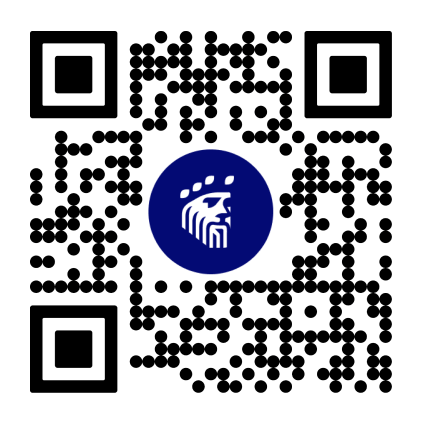
Yet, the proliferation of SDKs and the ease of online releases brought about a new challenge. With countless SDKs available, it became increasingly difficult to determine which ones were safe to use. Consequently, web protocols evolved to accommodate more complex web interactions. For instance, in order to ensure a website’s claim of “secure login,” developers had to follow a protocol called OAuth. This protocol facilitated the secure sharing of user information between different platforms without compromising sensitive data.
While the web 3.0 era may appear to be the wild west of the internet, it is not a realm of complete anarchy. Plugins and protocols exist to provide guidance and structure. However, a critical issue arises: many protocols, such as OAuth, rely on the involvement of third parties. In an age of decentralization and an ownerless internet, this centralized approach no longer aligns with the evolving principles of the digital landscape. Nonetheless, the need for rapid development on the internet persists. In response to this dilemma, the ERC (Ethereum Request for Comments) solution was proposed.
The Rise of ERC Tokens****
Instead of depending on third-party policing of web activity, the Ethereum network introduced the ERC protocol. The ERC protocol sets forth specific requirements that every smart contract on the blockchain must meet in order to be included in the chain. This stringent requirement ensures that smart contracts cannot execute malicious code or exploit blockchain users. When a developer writes code to create and distribute smart contracts on the Ethereum blockchain, they must submit an Ethereum Improvement Proposal (EIP) that demonstrates their code’s compliance with a set of safety standards. These safety standards manifest as specific functionalities within the smart contracts themselves. As a result, when users interact with an ERC-compliant chain, they can have confidence that any executed smart contract adheres to a certain level of safety.
Understanding the ERC20 Standard***
Among the various ERC standards, the ERC20 standard stands as one of the most prevalent and widely used. ERC20 tokens are fungible tokens that reside on the Ethereum blockchain, serving as a standardized foundation for programming most Ethereum-based smart contracts. Fungibility refers to the interchangeability of tokens, meaning that each token is indistinguishable and interchangeable with any other token of the same type. This feature allows for seamless transactions and interactions within the Ethereum ecosystem.
To qualify as an ERC20 token, a smart contract must include a specific set of essential functions:
Also Read:
- TotalSupply: This function defines the maximum number of tokens that will ever be issued for that particular ERC20 token. It acts as a safeguard against overinflation and ensures a controlled token supply.
- BalanceOf: This function enables users to query the balance of a specific account associated with the ERC20 token. It allows individuals to check the number of tokens they hold.
- Transfer: The Transfer function automatically executes the transfer of a specified number of tokens from the sender’s address to a designated recipient’s address. This function is integral to enabling seamless token transactions.
- TransferFrom: The TransferFrom function facilitates transfers of a specified number of tokens from one address to another. It allows for automated token transfers on behalf of the token holder, with proper authorization.
- Approve: The Approve function grants permission to a designated spender to withdraw a specified number of tokens from the token owner’s account. It establishes an authorization mechanism for third parties to access and transfer tokens.
- Allowance: The Allowance function returns the number of tokens that the token owner has approved for withdrawal by a specific spender. It provides transparency and control over the token owner’s approved token transfers.
In addition to these essential functions, an ERC20 token’s smart contract should also include specific events:
- Transfer: This event signifies the completion of a token transfer and can be utilized for various purposes, such as updating user balances or triggering actions upon successful transfers.
- Approval: This event logs information about an approved token transfer, allowing for the tracking and auditing of approved transactions.
By adhering to the ERC20 standard, developers ensure that their tokens are compatible with the existing Ethereum ecosystem and can seamlessly interact with other ERC20 tokens and smart contracts. This standardization promotes interoperability and ease of integration, fostering the growth of decentralized applications (DApps) and the broader Ethereum ecosystem.
In conclusion, the remarkable progress witnessed over the past decade in technology has transformed the way we interact with the digital world. The shift from command lines and hardware plugins to streamlined SDKs and protocols has fueled the rapid growth of the internet and enabled the development of innovative solutions. The emergence of the ERC protocol and the adoption of ERC20 tokens within the Ethereum blockchain has further facilitated safe and efficient transactions, fostering the continued evolution of decentralized applications. As we embrace the future, it is important to reflect on the journey that brought us here and continue to explore the possibilities that lie ahead in the ever-expanding realm of technology.
Here at Kresus, we want our users to feel secure and educated in every crypto purchase they make. Download the app today to start your web3.0 journey
